The Nakasendo Way connects Edo (Tokyo) and Kyoto via a 540 km trail through the stunning Japanese countryside and via authentic Japanese towns. The whole mountainous inland route traverses 69 post towns spread along the trail. Walk the most beautiful section via the Kiso Valley, also known as the Kiso-ji or the Kiso Road. The 27 km section that connects the four southernmost towns has become a very popular hiking trail in recent years. We include this section plus a lot more.
The Kiso-ji is a hilly path of ancient stone pavements and dirt trails that will lead you through landscapes alive with seasonal flowers, crystal clear waterways, and old endemic forests. The trail was used by samurai, farmers, merchants, and the public during the during the Edo Period of the 1600s and beyond. Its primary use now is for walkers to immerse themselves in real Japan.
HIGHLIGHTS:
- A one-of-a-kind Japanese cultural experience both on and off the track
- Walk pack free on well-graded ancient trails, with superb views, through beautiful Japanese forest
- Experience historically significant post towns
- The stunning Kiso Valley and the famous Torii Pass
- Incredible mountain views
- Enjoy authentic Japanese dinners and breakfasts served in mostly elegant tatami mat settings, served at your traditional Japanese accommodations


 30 years' experience providing walking holidays worldwide
30 years' experience providing walking holidays worldwide









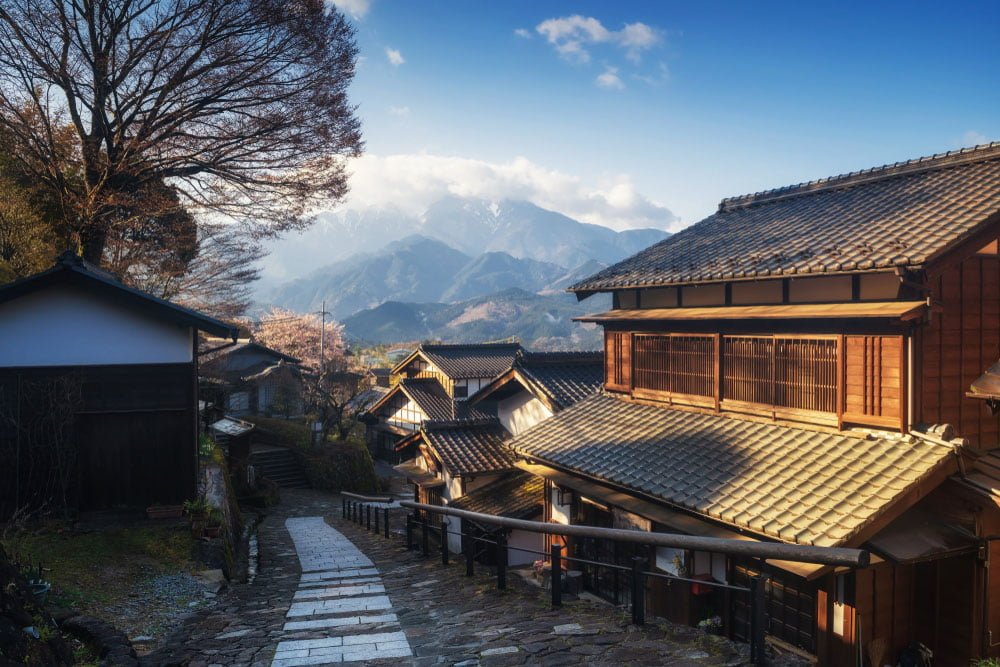

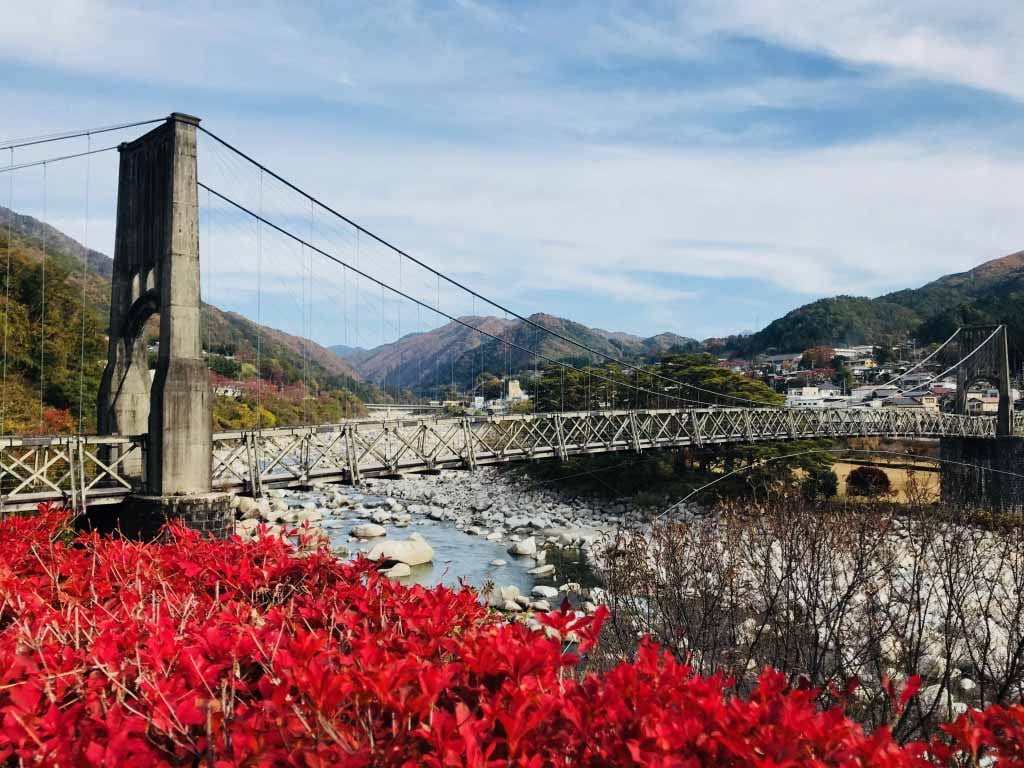
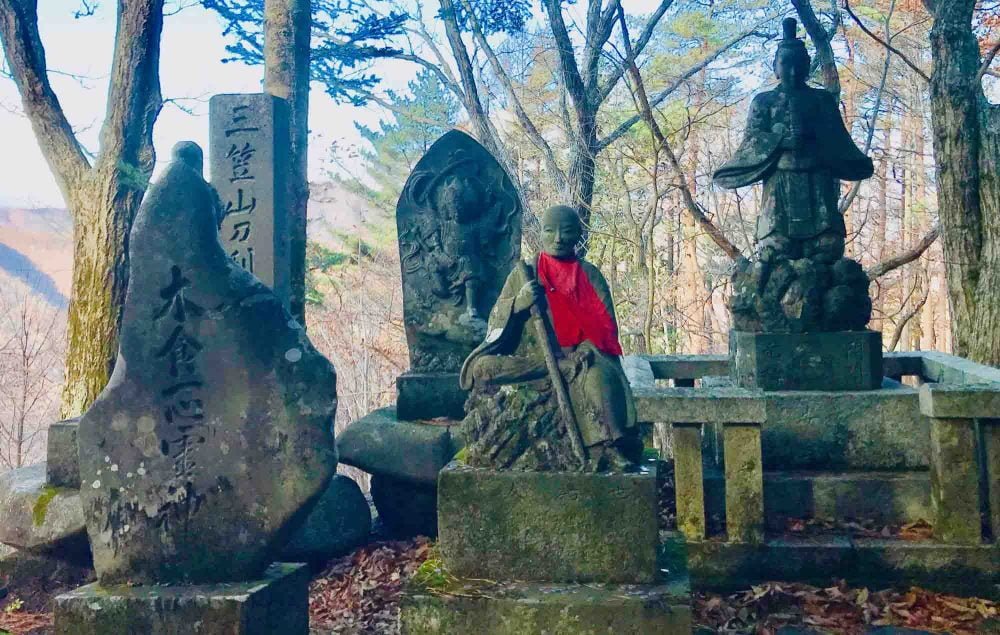

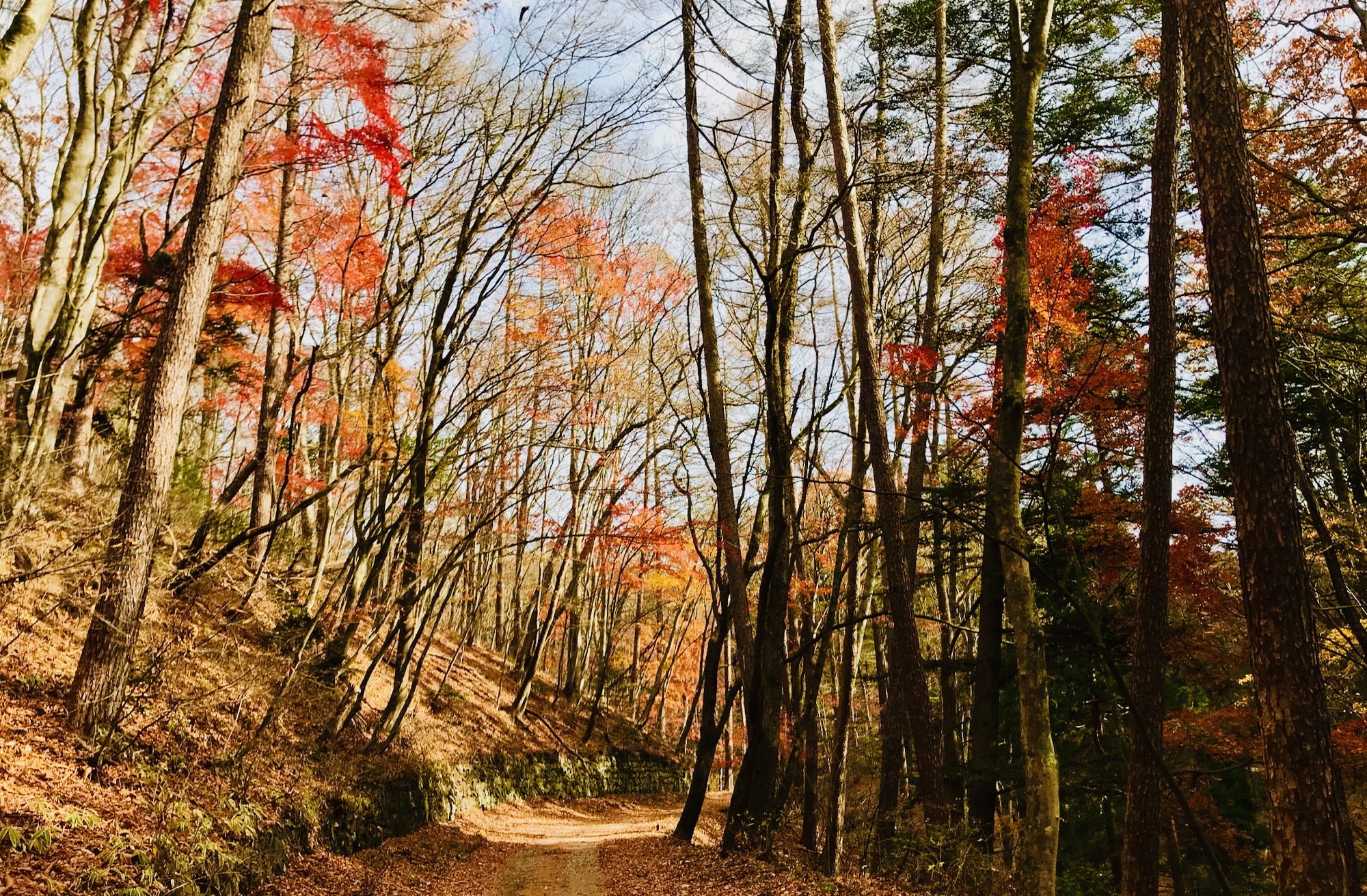




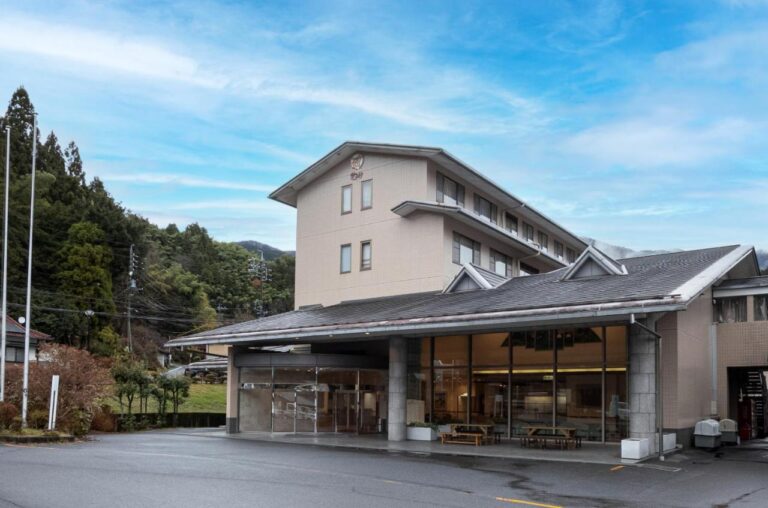
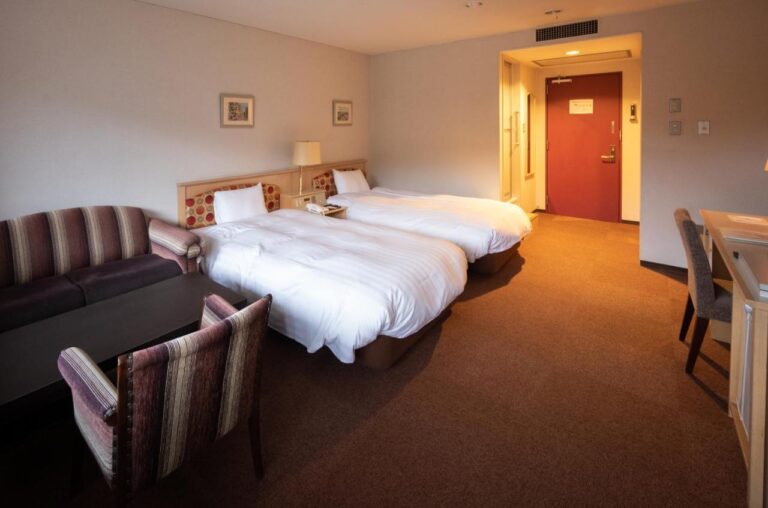
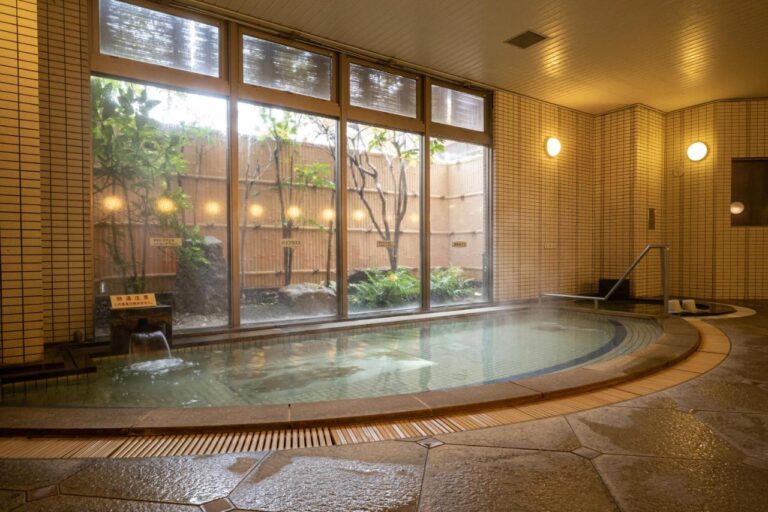
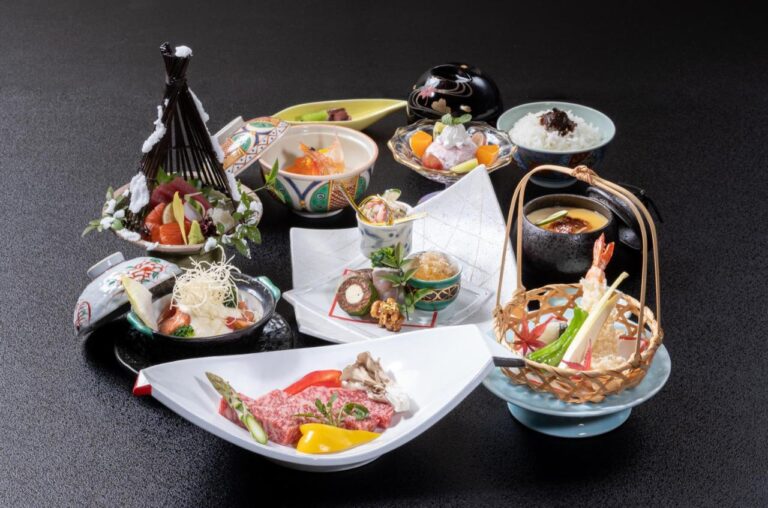
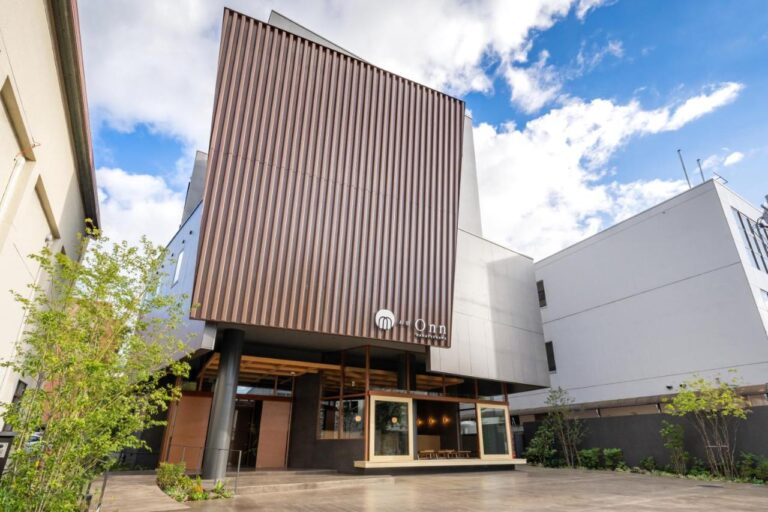
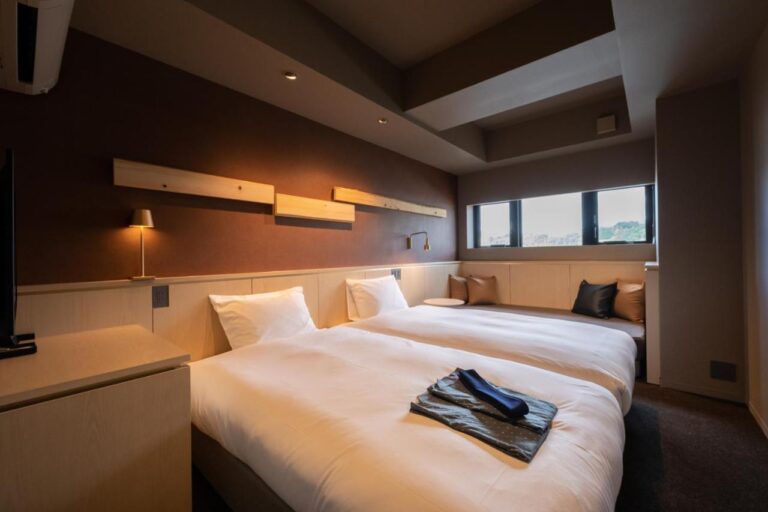
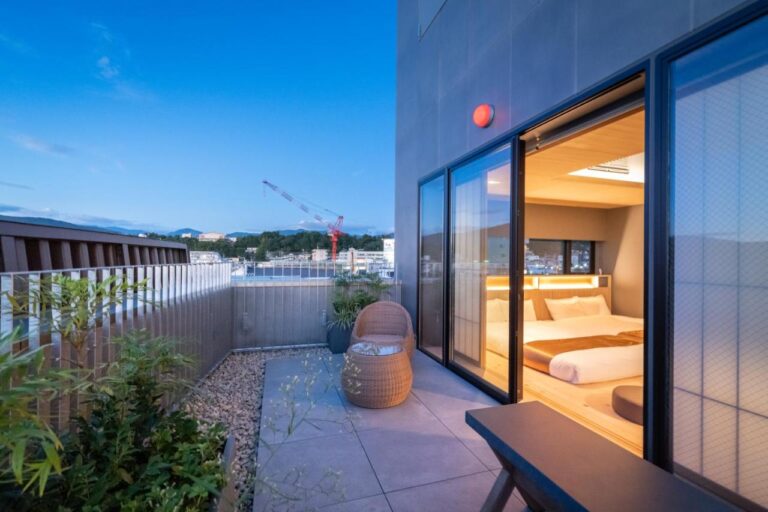
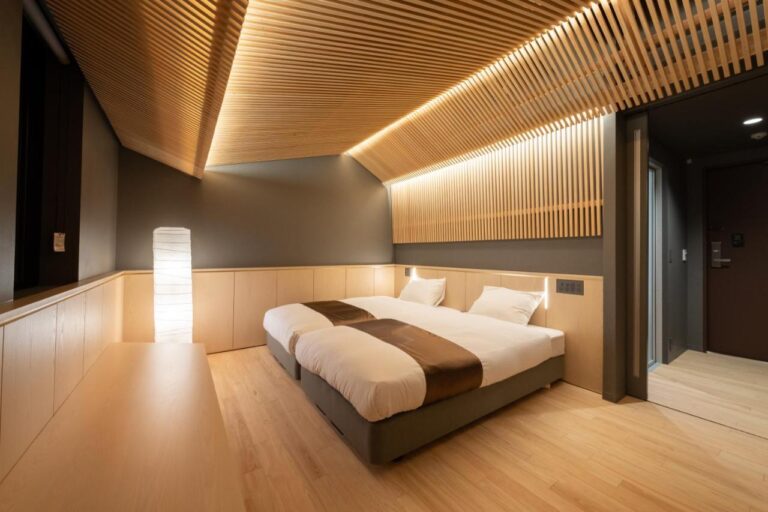
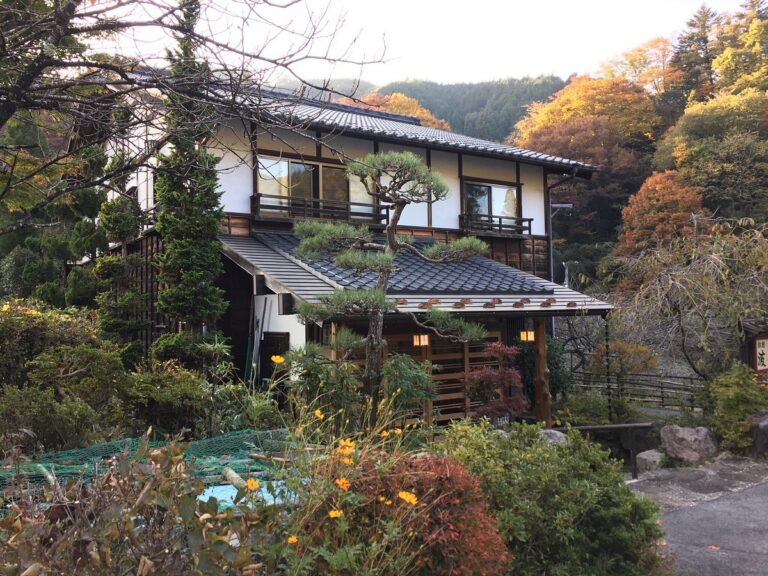
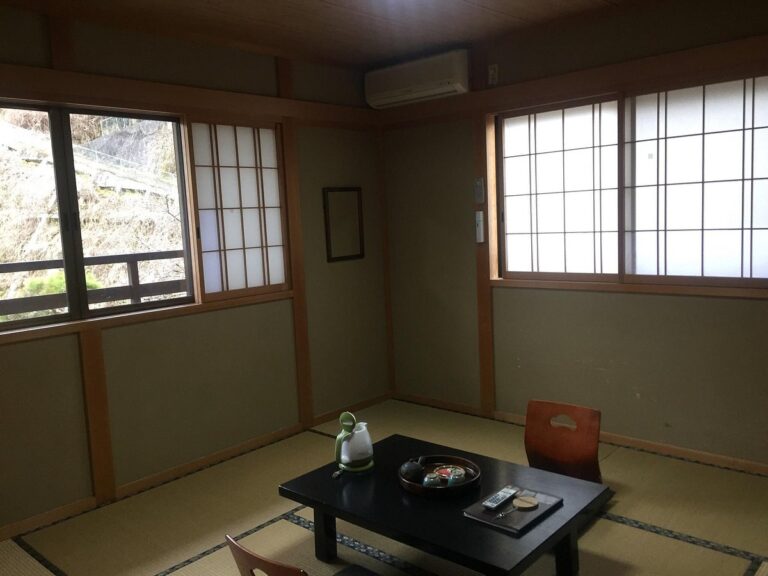
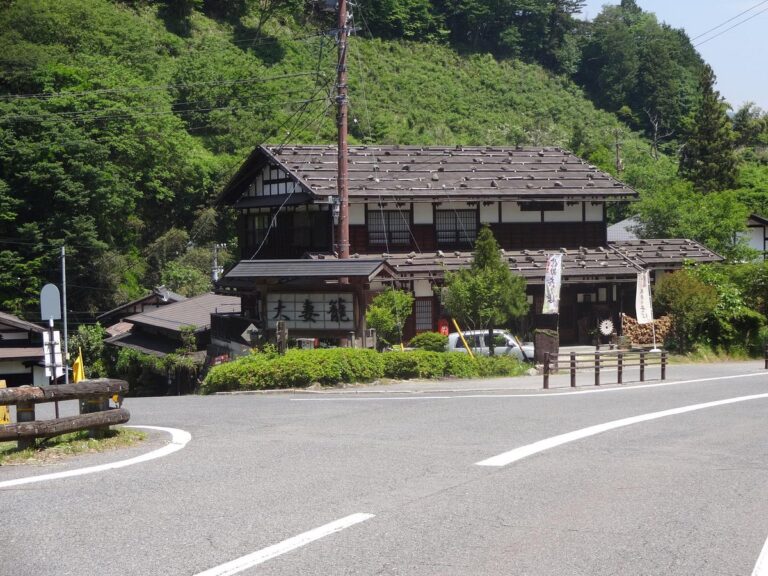
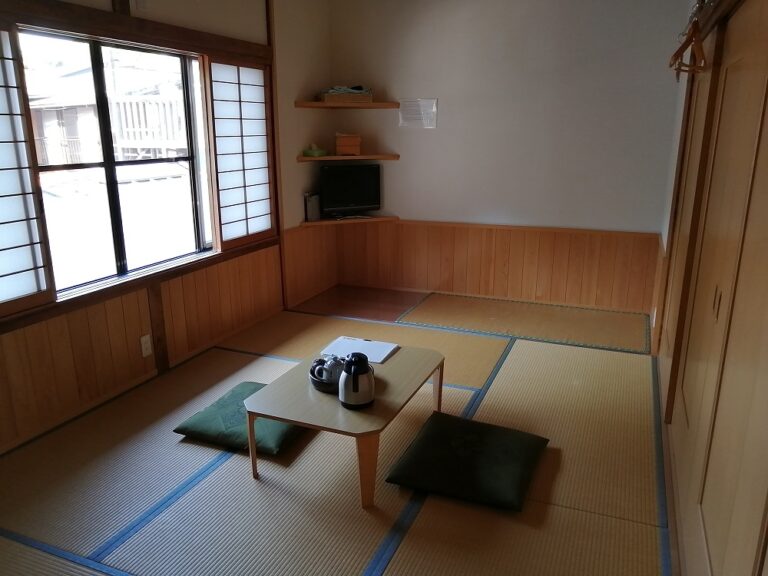
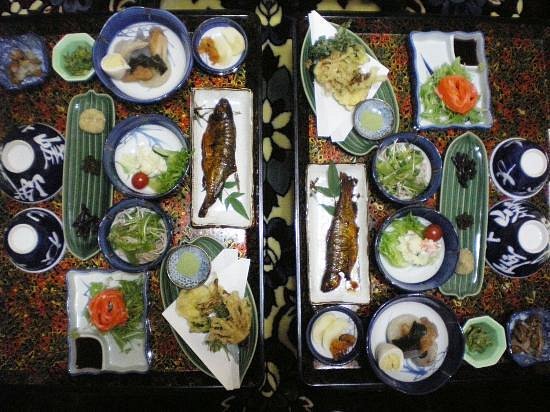
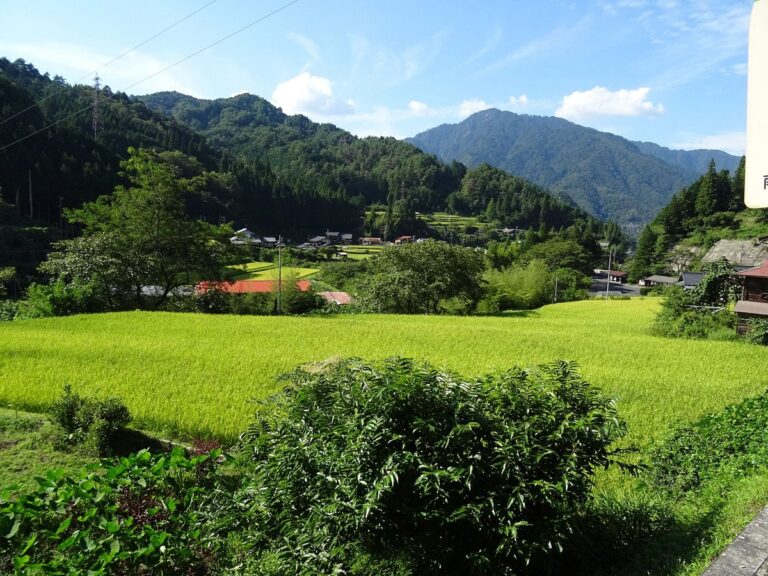
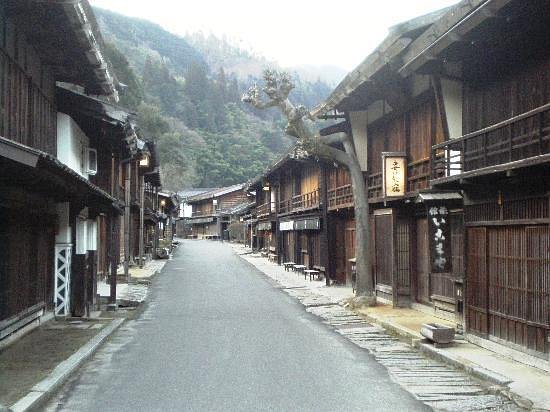
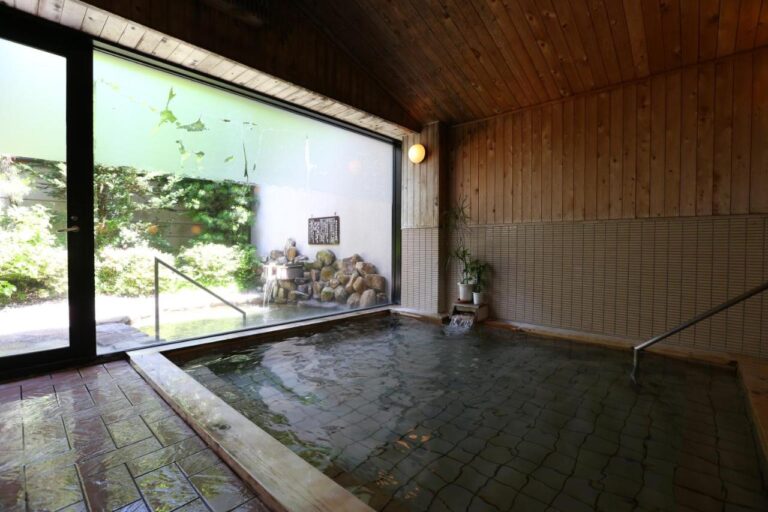
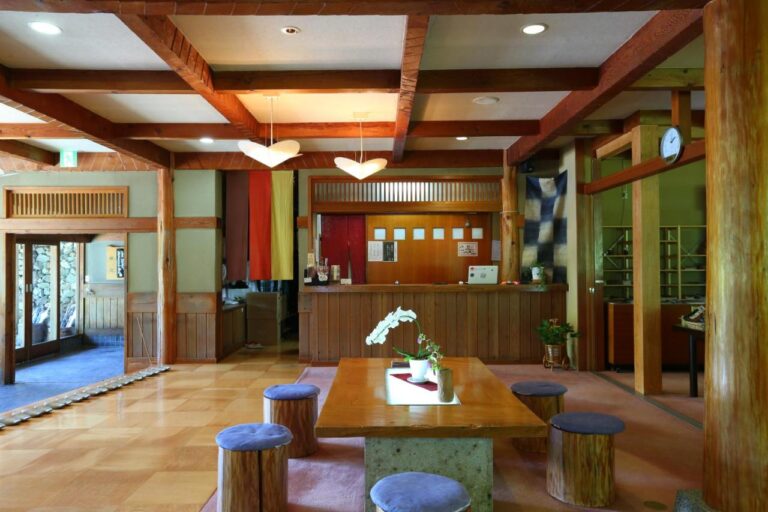
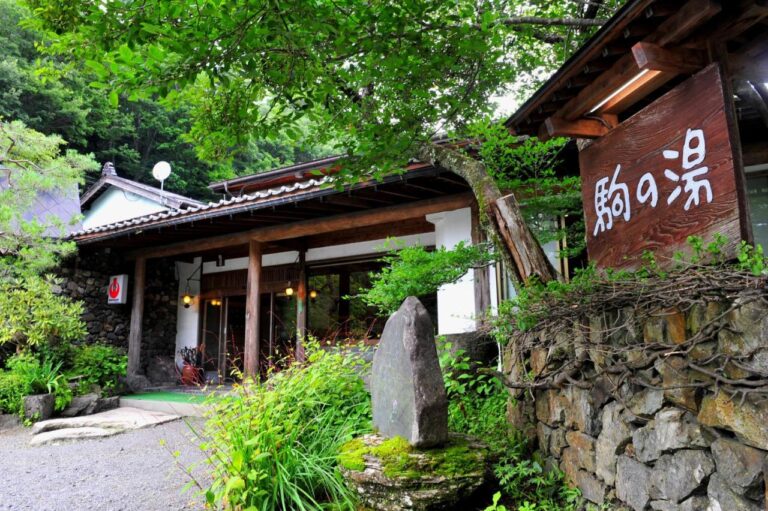
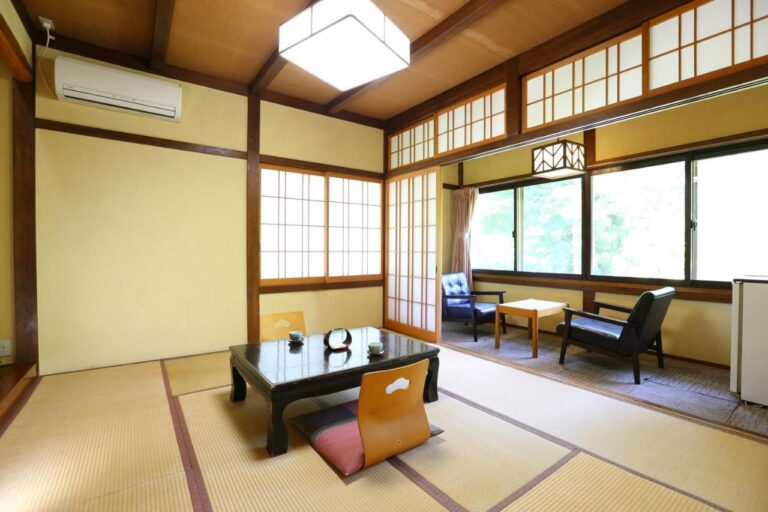
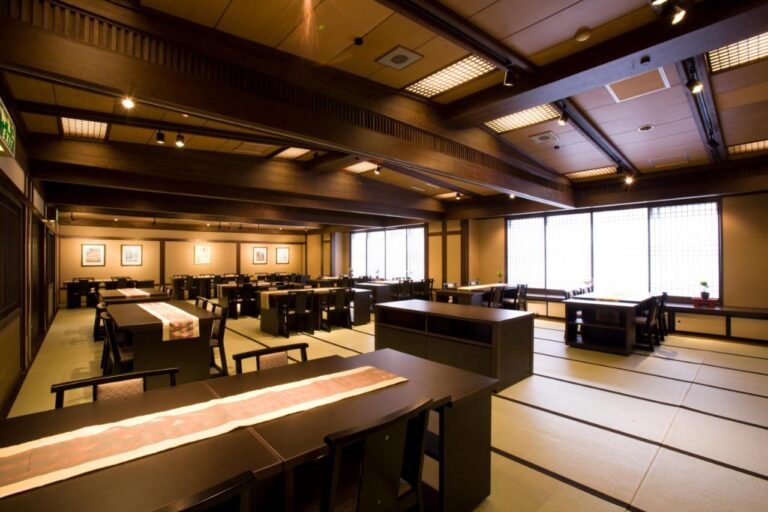
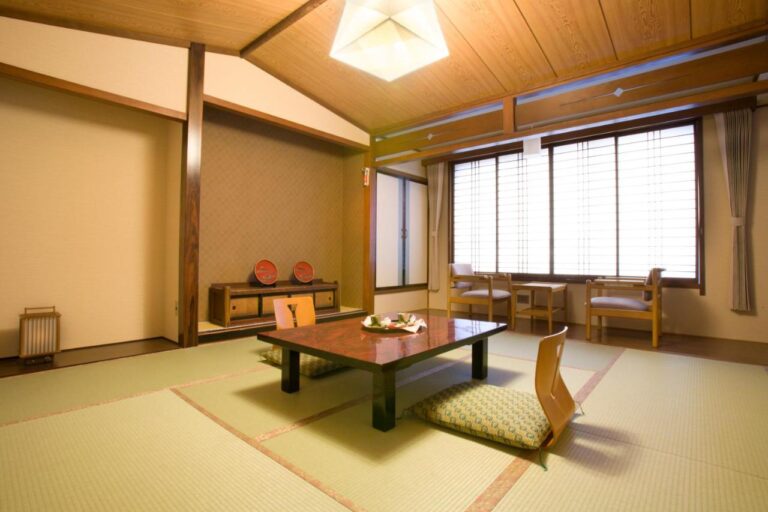
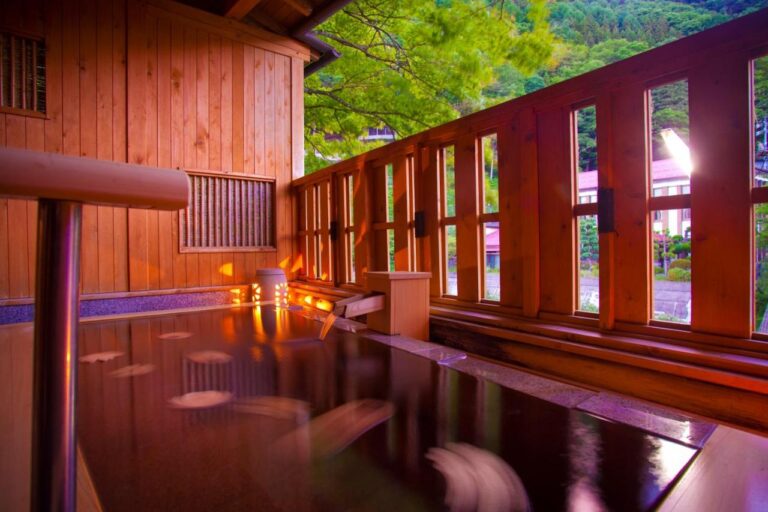
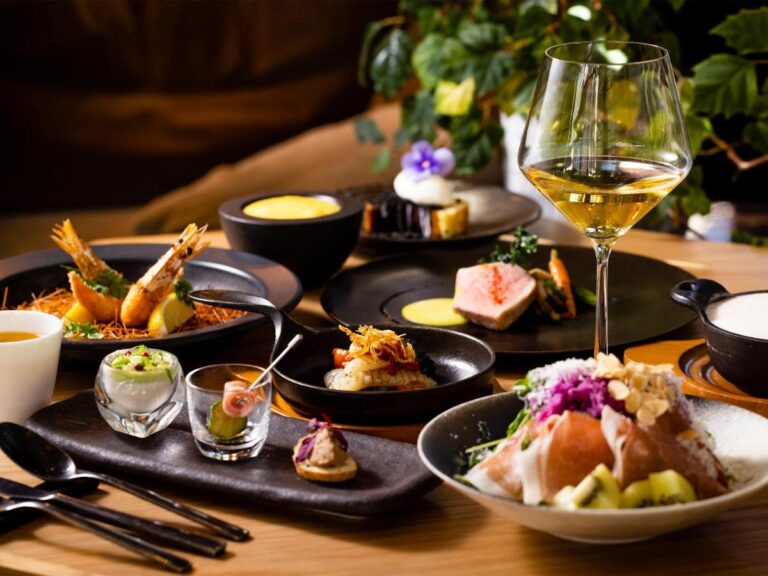
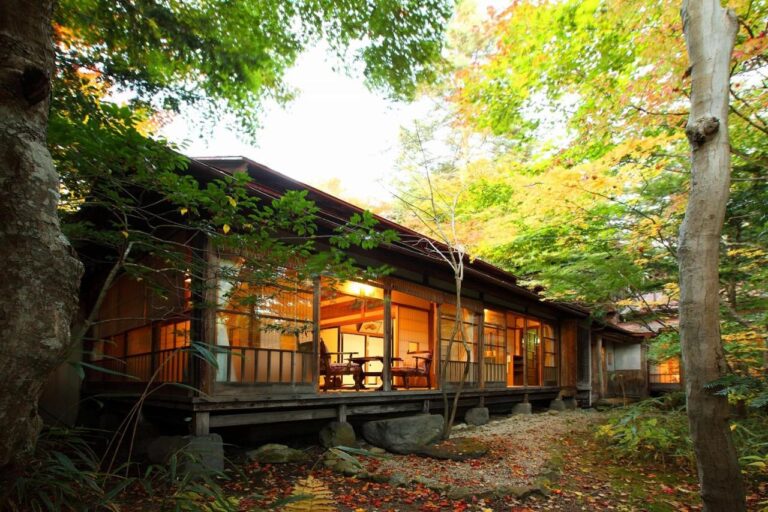
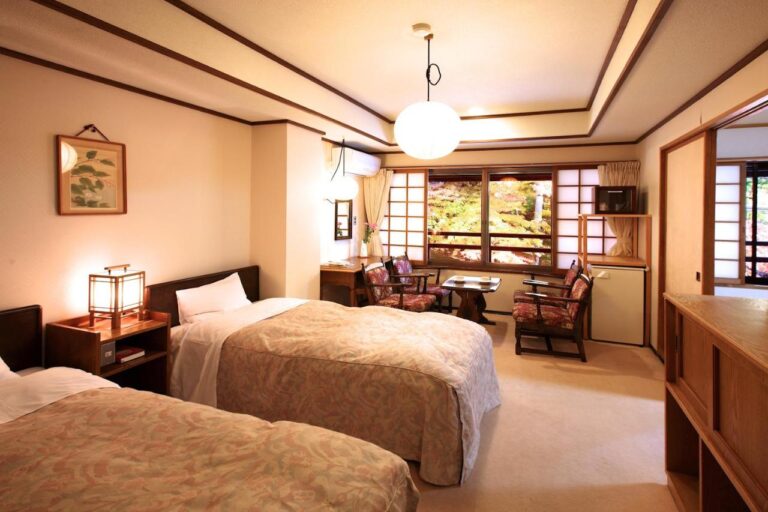
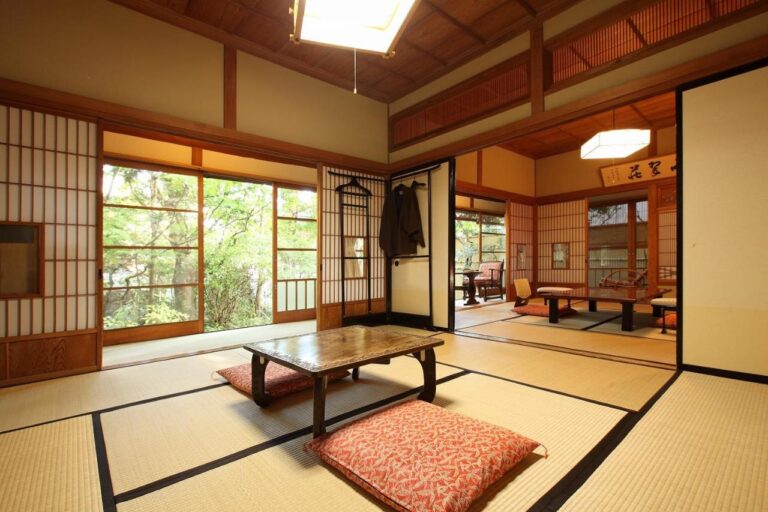
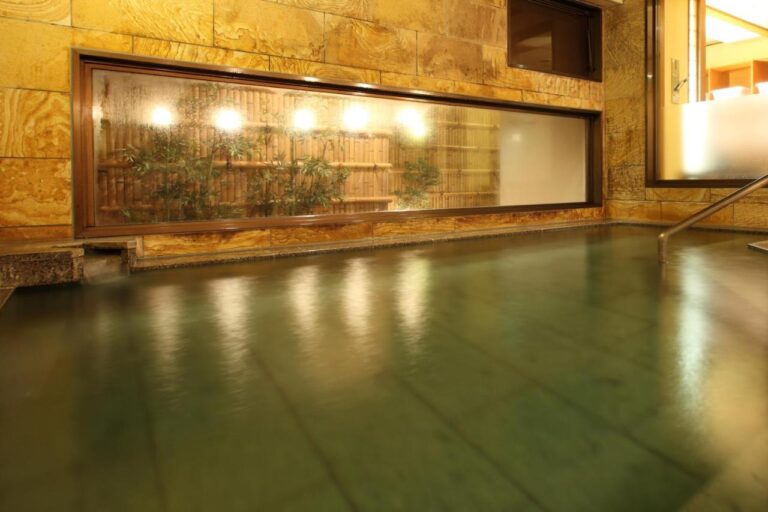
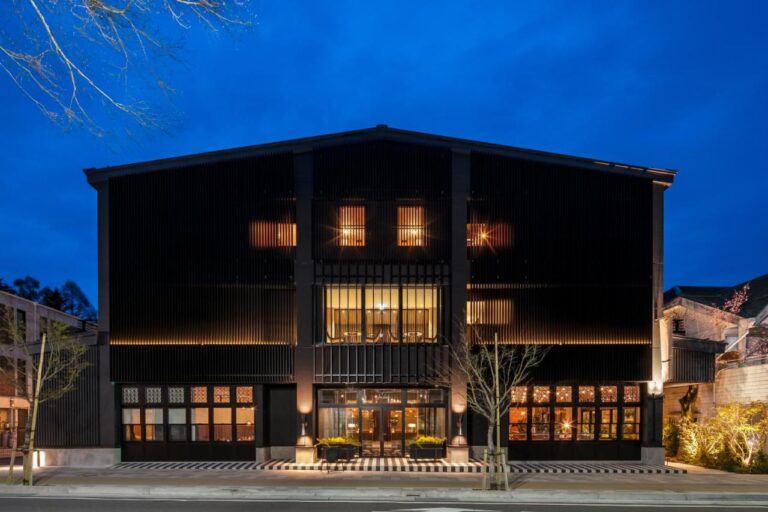
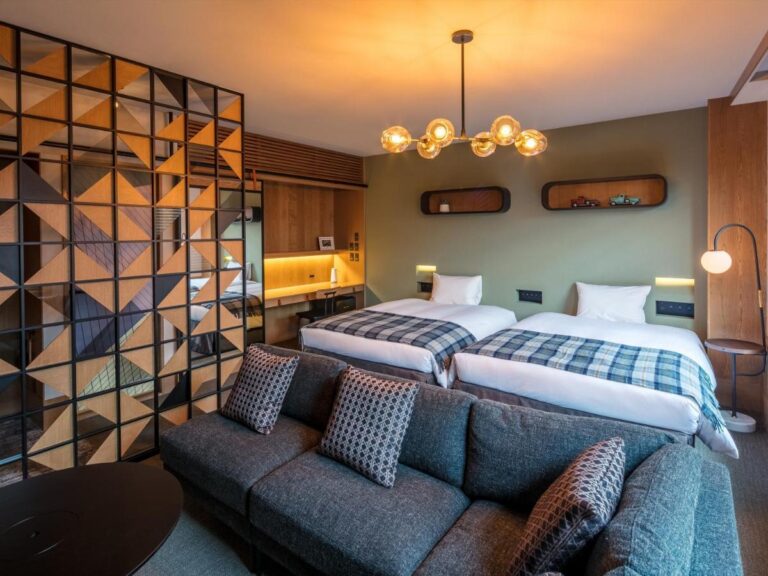
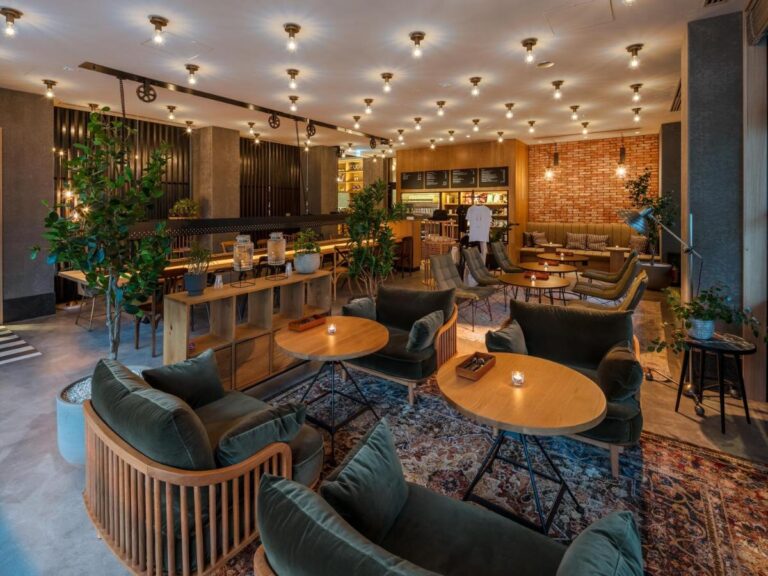
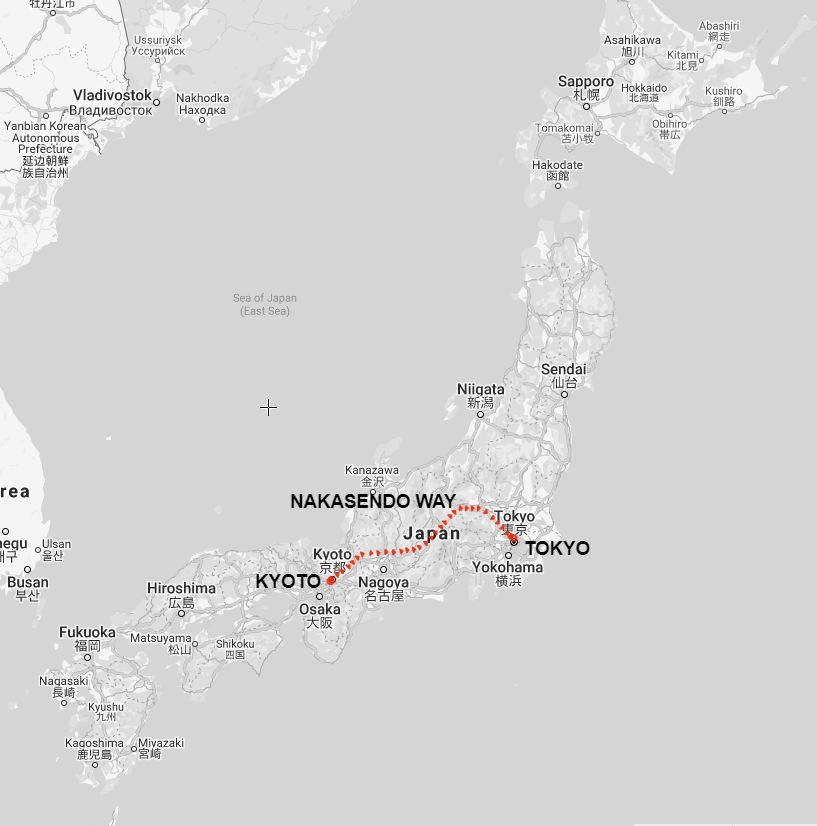
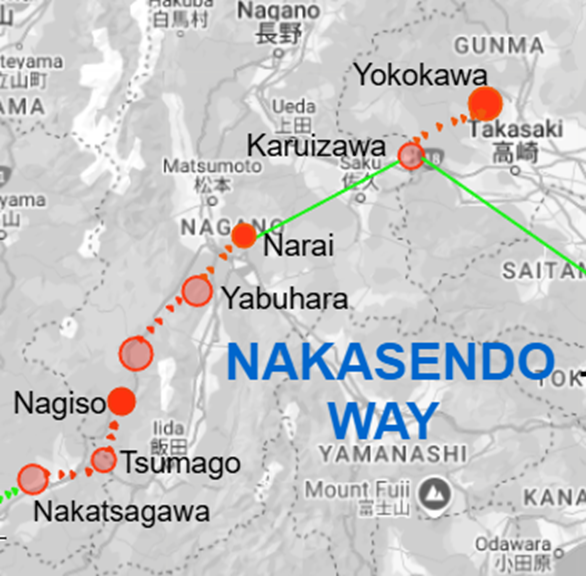
Mark F
We thoroughly enjoyed the Japanese walking holiday that Stroll has put together, the transfers worked smoothly and we always felt well supported. Stroll gave us prompt updates regarding snowfalls we experienced on the Nakasendo. Highly recommended.
Rajen P
Everything put in place by Stroll worked well and the accommodations were great.
Jacqueline E
The accommodation and meals organised by Stroll were a real treat, especially the 400 year old hotel in Karuizawa. The staff were welcoming and friendly. The luggage transfers worked smoothly. The hiking app was great, even without internet. I highly recommend their organisational skills!
Michael L
The standards of accommodation & meals included were of highest of quality
Sarah J
Tsutamuraya accommodation near Tsumago was fabulous. Small, family run, fabulous food. An authentic experience. Onyado Tsutaya in Kiso Fukushima was also a great place to stay. The traditional the Japanese breakfast they served was fabulous. The walk was well organised and a fabulous experience. We had a great time. Thank you.
David W
The walk went very smoothly. The accommodation was good( loved the onsens!) and the food plentiful and delicious.
Martina B
We were very impressed with Stroll’s detailed information. They included special accommodation which we enjoyed very much.
Carolyn M
The route was good and the notes were excellent. We have walked with Stroll a number of times now and have had enjoyable experiences every time. Our Nakasendo walk was no exception.
Peter H
We were delighted with our decision to do a self guided walk with Stroll. The itineraries were suitably flexible and the guide notes clear though it must be said that the local signs for the Nakasendo Way needed little clarification. The accommodation was well chosen and varied. In short a memorable experience.
Robert K
The total 6 day experience was fantastic. The beautiful scenery, the historic villages, the wonderful variety of accomodation & food experiences and the many recommendations & explanations in your notes made every day very very fulfilling & enjoyable.
Susan M
Each of the days’ walk had its own highlight, so I think they were well chosen to give us a great intro to the trail. I loved the combination of hotels we had – the first night at Hanasarasa (traditional dinner and breakfast banquets were amazing, as was the hotel onsen), Hanaya for something more traditional ryokan, Iwaya as something in-between the two, and the super-mod Twin Line at the end for some luxury – the dinner there was another super treat.
I loved it all!! The last day was a challenge, our friends only did the uphill, which was wise for them as the downhill to Yokokawa was muddy and tricky. But still great!! Also would definitely recommend people bring walking poles if they have them. It was all in all a fantastic walk, well organised to get the best of the trail.
George T
Hiking the Nakasendo trail made for a great holiday, especially after the frenetic atmosphere of Tokyo. Could not fault the organisation of Stroll.
Cody R
The Nakasendo walk was by far the highlight of my autumn trip to Japan. The trail itself is absolutely gorgeous in late autumn with the maple leaves turning red and behind the scenes, Stroll provided everything I needed, including some lovely choices of accommodation, to enjoy this amazing experience. My only complaint is now I absolutely have to see more!
Meredith J
The dept point was very convenient – easy to follow basic directions provided. Seamless walk, we didn’t have any issues. All the accommodation was wonderful, lovely hosts and meals. The combined notes plus the app were very comprehensive.